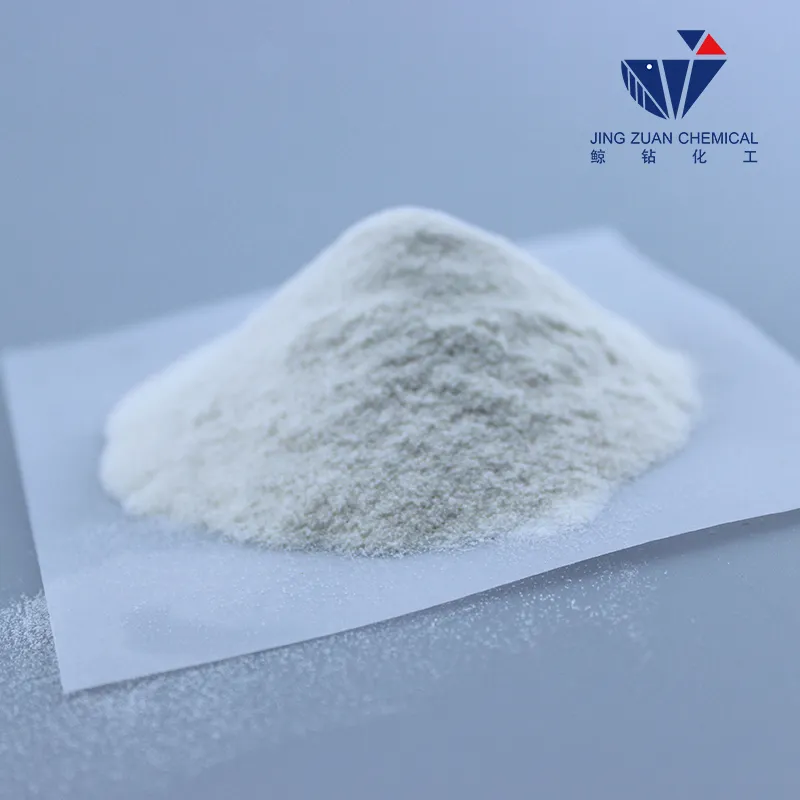
Ago . 10, 2024 23:50 Back to list
Evaluating HPMC Viscosity Properties for Enhanced Performance in Various Applications and Formulations
Understanding HPMC Viscosity and Its Applications
Hydroxypropyl methylcellulose (HPMC) is a versatile polymer widely used in various industries, including pharmaceuticals, food, and construction. A significant characteristic of HPMC is its viscosity, which can greatly influence the behavior of formulations in these applications. Understanding the viscosity of HPMC is crucial for product development and ensuring quality standards.
What is HPMC?
HPMC is a non-ionic cellulose ether derived from natural cellulose. It is modified through a reaction with propylene oxide and methyl chloride, resulting in a compound with enhanced water solubility and thickening properties. This modification allows HPMC to form viscous solutions in water, which is vital for many applications.
Viscosity Measurement and Importance
The viscosity of HPMC is measured to assess how it behaves in solution, affecting processes such as mixing, pumping, and application. The viscosity of HPMC solutions can vary significantly based on several factors, including concentration, molecular weight, and temperature. High molecular weight HPMC typically results in higher viscosity, making it suitable for applications requiring thicker solutions or gels. Conversely, lower molecular weight HPMC yields lower viscosity, which can be advantageous in formulations where fluidity is essential.
The viscosity table for HPMC provides valuable data that helps manufacturers choose the right grade for their specific needs. For example, in pharmaceutical formulations, the viscosity of HPMC can influence drug release rates, stability, and the overall effectiveness of the medication. Similarly, in the food industry, HPMC is utilized as a thickener, emulsifier, and stabilizer; thus, knowing its viscosity behavior allows for better formulation of sauces, dressings, and baked goods.
hpmc viscosity table

Applications of HPMC Viscosity
1. Pharmaceuticals HPMC is commonly used in the preparation of controlled-release drug formulations. The viscosity of its solutions affects hydration, gel formation, and the diffusion of active pharmaceutical ingredients. This property makes HPMC ideal for creating matrix systems that regulate the release of drugs over an extended period, enhancing patient compliance and therapeutic outcomes.
2. Food Industry In food technology, HPMC serves as a thickening and stabilizing agent. The viscosity of HMPC solutions determines the texture and mouthfeel of various food products. For instance, in gluten-free baking, HPMC can replace gluten’s functional properties, providing a desirable elasticity and structure to the baked goods.
3. Construction HPMC is also employed in construction materials as a thickener in mortars and other cement-based products. Its viscosity helps improve the workability and adhesion of these mixtures, ensuring better application and performance in construction processes.
4. Cosmetics The cosmetic industry utilizes HPMC for its viscosity-modifying properties. It enhances the stability and texture of creams, lotions, and gels, ensuring that products are easy to apply and effective.
Conclusion
In summary, the viscosity of HPMC is a critical parameter that significantly influences its functionality across various applications. Understanding the viscosity profile of different HPMC grades allows manufacturers to tailor their products to meet specific requirements. As industries evolve and new applications emerge, the importance of HPMC and its viscosity characteristics will continue to grow, solidifying its role as an essential ingredient in multiple sectors. Proper utilization of viscosity data ensures the development of high-quality formulations, leading to improved product performance and user satisfaction.
-
Unlocking the Benefits of HPMC Products: A Gateway to Versatile Applications
NewsAug.07,2025
-
Unleashing the Potential of HPMC Ashland: A Comprehensive Look
NewsAug.07,2025
-
Tile Bonding Cellulose: The Key to Superior Adhesion and Durability
NewsAug.07,2025
-
Hydroxypropyl Methylcellulose Powder: The Versatile Component in Modern Pharmaceuticals
NewsAug.07,2025
-
Hydroxyethyl Cellulose: The Versatile Solution for Various Industries
NewsAug.07,2025
-
Hydroxyethyl Cellulose (HEC): The Versatile Polymer for Various Applications
NewsAug.07,2025







